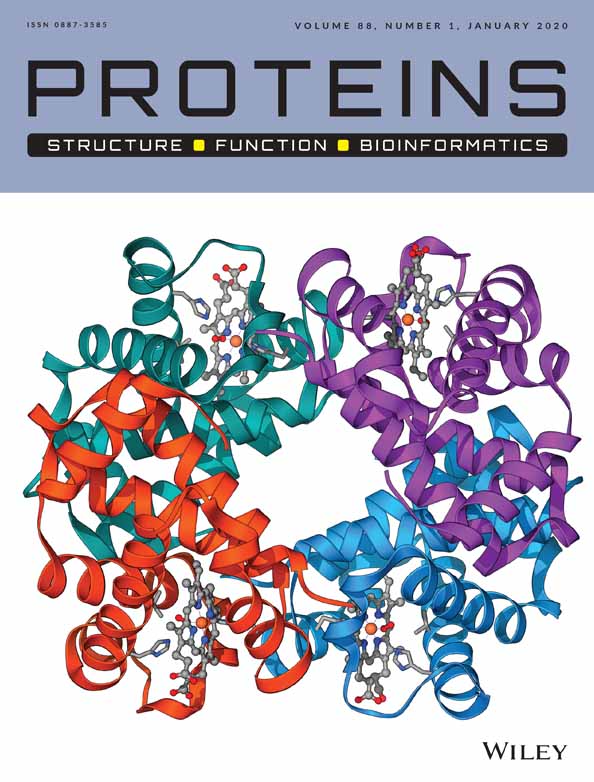Nuclear magnetic resonance solution structure of Pisum sativum defensin 2 provides evidence for the presence of hydrophobic surface-clusters
Funding information Conselho Nacional de Desenvolvimento Científico e Tecnológico, Grant/Award Numbers: 209306/2013-2, 457773/2014-6; Fundação Carlos Chagas Filho de Amparo à Pesquisa do Estado do Rio de Janeiro, Grant/Award Numbers: 203059, 204361, 204432, 210361, 215141
Abstract
Pisum sativum defensin 2 (Psd2) is a small (4.7 kDa) antifungal peptide whose structure is held together by four conserved disulfide bridges. Psd2 shares the cysteine-stabilized alpha-beta (CSαβ) fold, which lacks a regular hydrophobic core. All hydrophobic residues are exposed to the surface, except for leucine 6. They are clustered in the surface formed by two loops, between β1 and α-helix and β2 and β3 sheets. The observation of surface hydrophobic clusters reveals a remarkable evolution of the CSαβ fold to expose and reorganize hydrophobic residues, which facilitates creating versatile binding sites.




